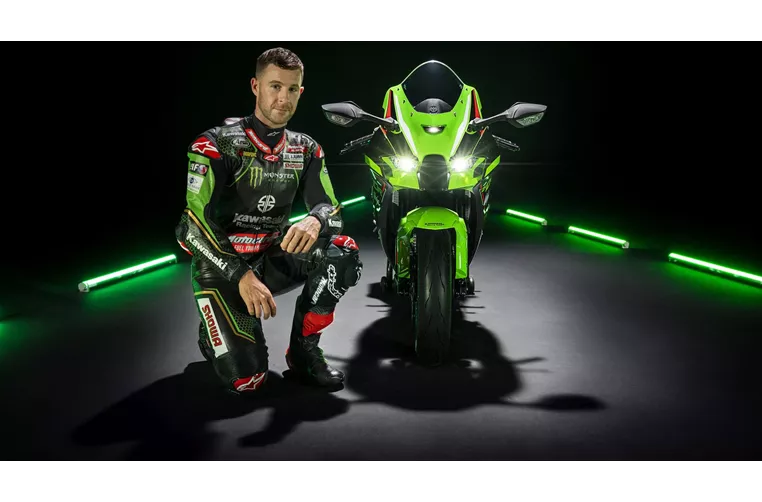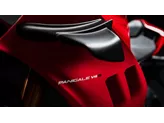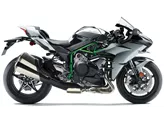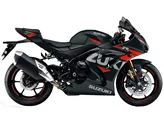Kawasaki Ninja ZX-10R 2021 vs. BMW S 1000 RR 2015
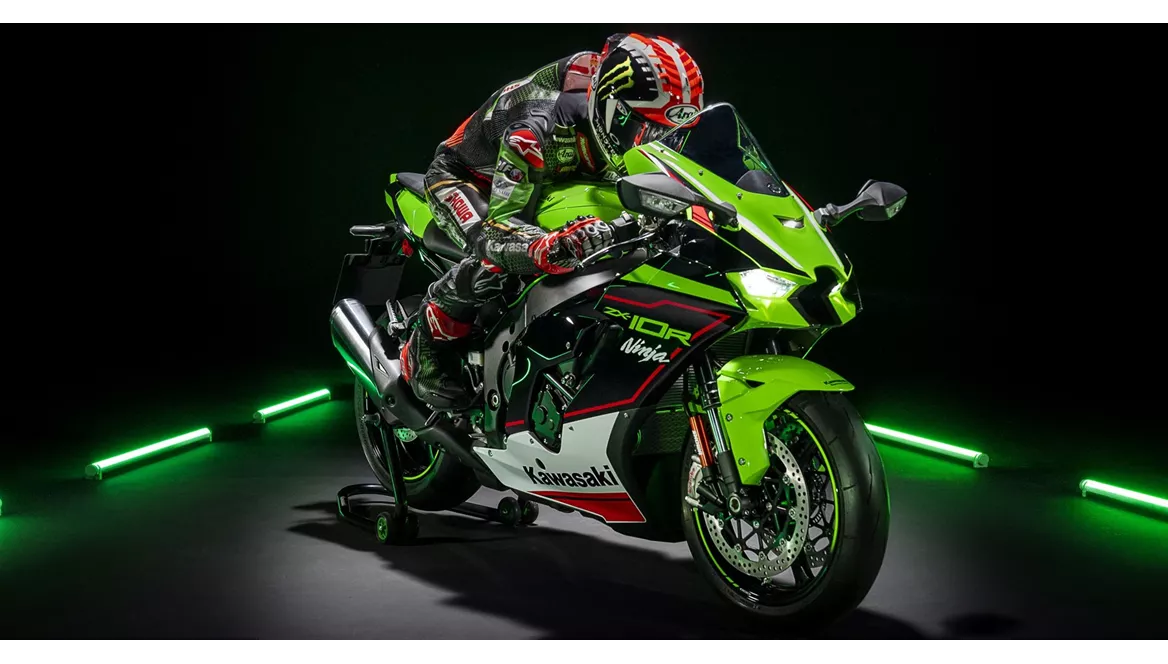
Kawasaki Ninja ZX-10R 2021

BMW S 1000 RR 2015
Vue d’ensemble - Kawasaki Ninja ZX-10R 2021 vs BMW S 1000 RR 2015
The Kawasaki Ninja ZX-10R 2021 and the BMW S 1000 RR 2015 are both powerful supersport motorcycles that offer impressive performance on the road or track. However, there are some notable differences between the two models.
In terms of engine specifications, the Kawasaki Ninja ZX-10R 2021 features an in-line, 4-cylinder engine with a displacement of 998cc. It produces 203 horsepower and 114.9 Nm of torque. On the other hand, the BMW S 1000 RR 2015 also has an in-line, 4-cylinder engine but with a slightly larger displacement of 999cc. It generates 199 horsepower and 113 Nm of torque. Both bikes have a compression ratio of 13, indicating their high-performance capabilities.
When it comes to suspension, the Kawasaki Ninja ZX-10R 2021 is equipped with an upside-down telescopic fork at the front and a swing arm suspension at the rear. Similarly, the BMW S 1000 RR 2015 features a telescopic fork at the front and a swing arm suspension at the rear. These suspension systems provide excellent stability and control, allowing riders to confidently tackle corners and uneven road surfaces.
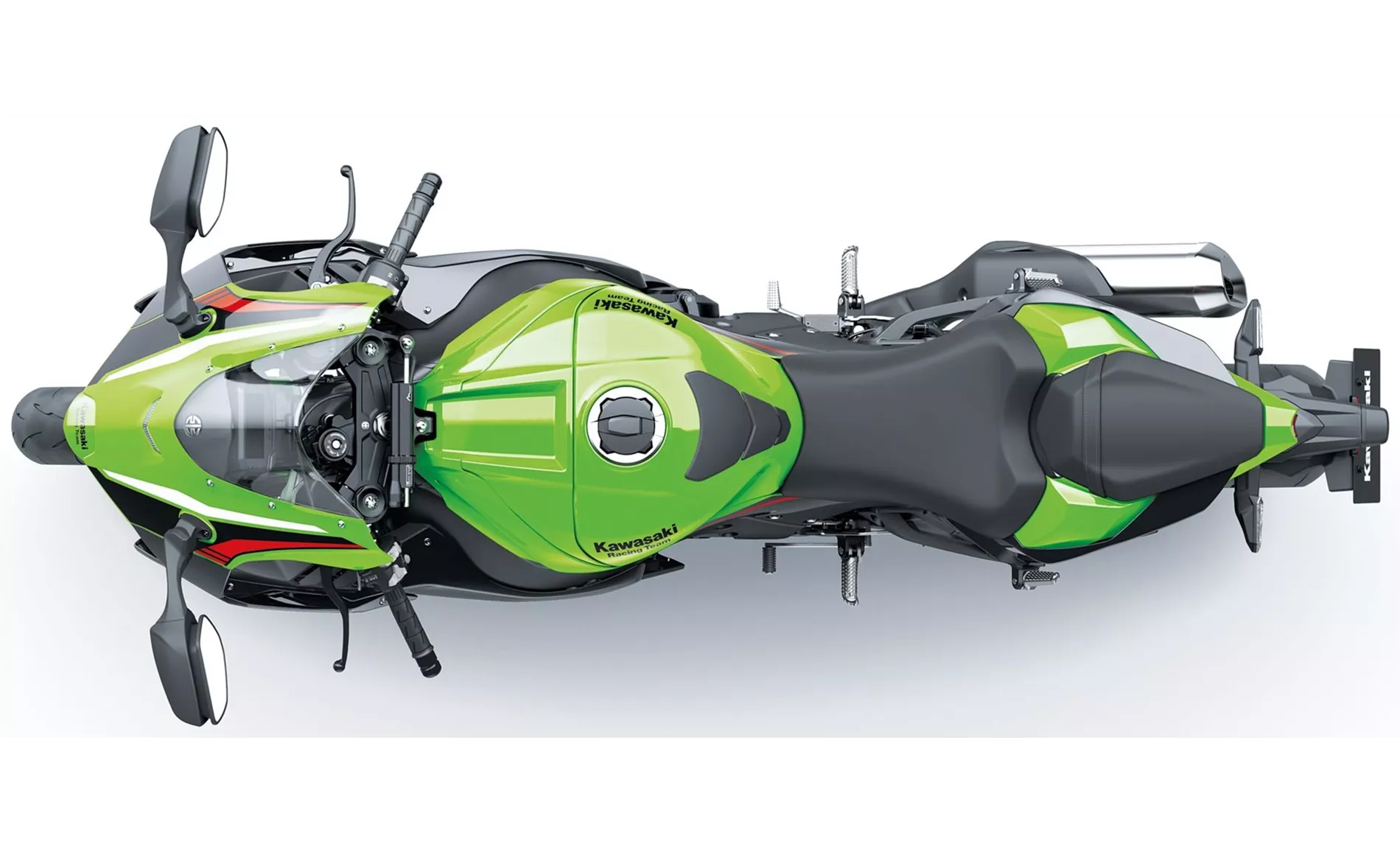
Kawasaki Ninja ZX-10R 2021
In terms of chassis, both motorcycles feature an aluminum frame, which provides a lightweight yet rigid structure. This contributes to their overall agility and maneuverability, allowing riders to navigate tight turns with ease.
When it comes to braking, both bikes are equipped with double disk brakes at the front. The Kawasaki Ninja ZX-10R 2021 features radial, petal technology, while the BMW S 1000 RR 2015 features radial brakes. These braking systems offer excellent stopping power and control, ensuring safe and precise braking in various riding conditions.
In terms of dimensions and weights, the Kawasaki Ninja ZX-10R 2021 has a front tire width of 120mm and a rear tire width of 190mm, with both tires having a diameter of 17 inches. It has a wheelbase of 1440mm and a seat height of 835mm. The fuel tank capacity is 17 liters. On the other hand, the BMW S 1000 RR 2015 has the same tire dimensions and a slightly shorter wheelbase of 1425mm. It has a lower seat height of 815mm and a slightly larger fuel tank capacity of 17.5 liters.
In terms of strengths, the Kawasaki Ninja ZX-10R 2021 is praised for its high-quality workmanship, strong components, and high-revving and powerful engine. It also offers great wind protection, good aerodynamics, and a comfortable seating position. The bike comes with a high-quality electronics package, powerful brakes, and a well-balanced chassis.

BMW S 1000 RR 2015
On the other hand, the BMW S 1000 RR 2015 is known for its superb shift assistant, incredibly powerful and rev-happy engine, and a great range of accessories. It also offers a race-ready data logging tool and calibration tool, which are highly valued by professional riders.
However, both bikes have their weaknesses. The Kawasaki Ninja ZX-10R 2021 is criticized for its load change reactions in the partial load range, somewhat slow quickshifter, and a relatively small display. On the other hand, the BMW S 1000 RR 2015 is noted to have a chassis that quickly reaches its limit in the hands of professionals.
In conclusion, both the Kawasaki Ninja ZX-10R 2021 and the BMW S 1000 RR 2015 are impressive supersport motorcycles with their own strengths and weaknesses. The Kawasaki Ninja ZX-10R 2021 offers high-quality components, a powerful engine, and a well-balanced chassis, while the BMW S 1000 RR 2015 boasts a superb shift assistant, a race-ready data logging tool, and a powerful engine. Ultimately, the choice between the two models will depend on the rider's preferences and priorities.
Caractéristiques techniques Kawasaki Ninja ZX-10R 2021 par rapport à BMW S 1000 RR 2015
Avantages et inconvénients en comparaison
Avantages et inconvénients en comparaison
Kawasaki Ninja ZX-10R 2021
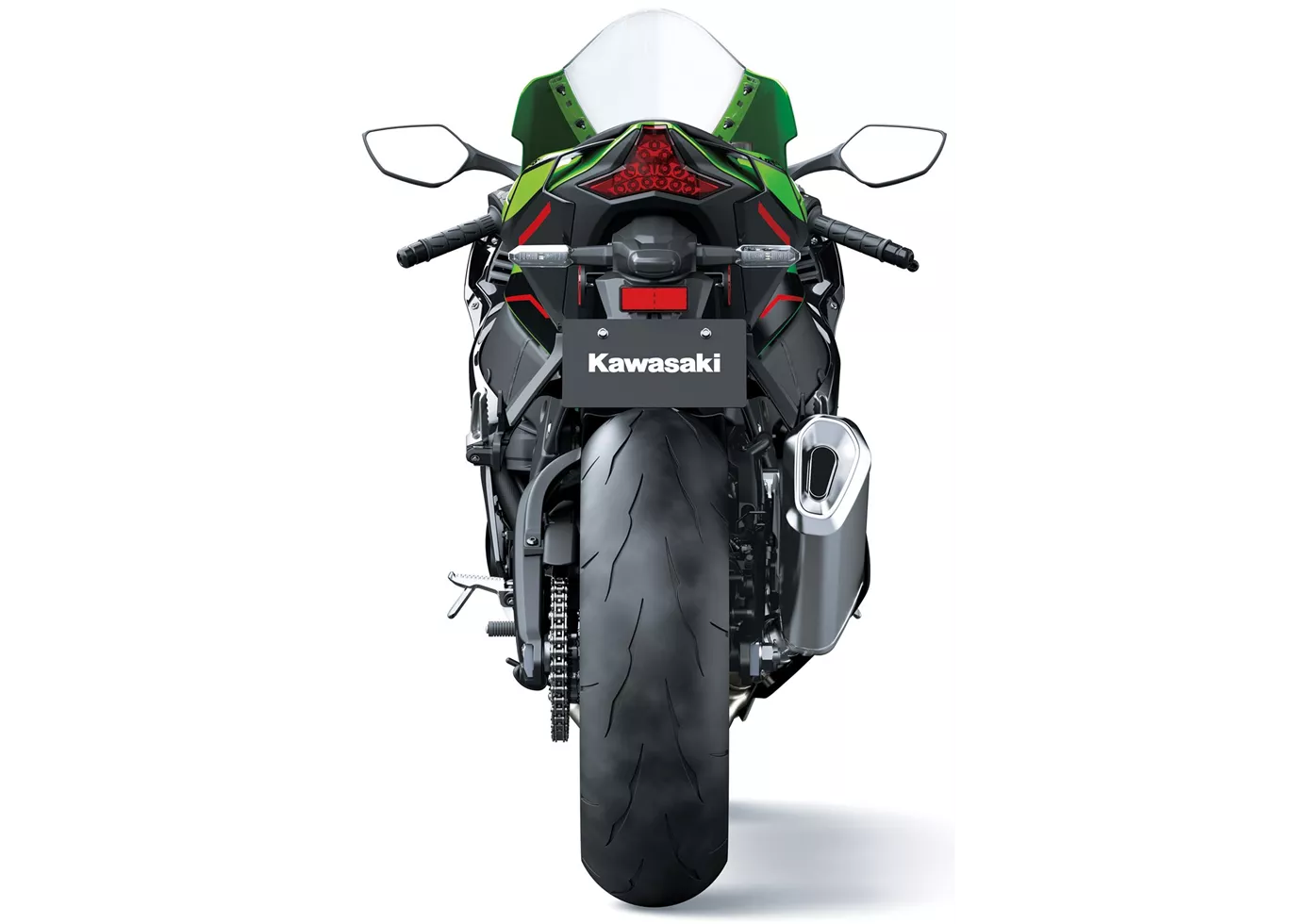
Avec la Ninja ZX-10R, Kawasaki propose pour l'année modèle 2021 un package complet et sophistiqué qui, avec sa nouvelle face avant, ressemble vraiment à 2021. La moto offre un espace surprenant pour le pilote et on se sent bien en selle. Le moteur poussif ne laisse rien à désirer - sauf peut-être une plus grande discipline en charge partielle. Pour mener à bien ce projet, Kawasaki a misé sur des ingrédients de qualité : suspension Showa, amortisseurs de direction Öhlins, freins Brembo avec disques de 330 ainsi qu'une électronique haut de gamme. Grâce à son électronique de qualité et à son moteur souverain, la Ninja ZX-10R fait même assez bonne figure sur les routes de campagne - pour autant que l'on soit capable de souffrir un peu en matière de position assise en raison du concept.
BMW S 1000 RR 2015

Avec des faits concrets, la BMW peut encore marquer des points en 2015. Si vous aimez les performances de pointe, vous devez acheter la BMW. Elle vire en haut avec une puissance incroyable et distancie le reste du peloton dès 200. Les pilotes grands et lourds pourront en profiter encore plus. BMW n'a pas choisi la facilité avec cette machine et a mis sur pied une moto très universelle. Si l'on faisait un test comparatif avec 50 pilotes différents (du rookie au professionnel), la BMW obtiendrait la meilleure moyenne de toutes les motos de 1000 cm3. Le châssis électronique, mais aussi les aides à la conduite, permettent aux professionnels d'aller vite et aux débutants de rouler en toute sécurité. Une recommandation top pour un groupe cible très large. Les pilotes amateurs très rapides ne seront pas satisfaits à 100% par le châssis de série. Ceux qui ne souhaitent pas modifier le châssis devraient plutôt se tourner vers une R1M, une Panigale S ou encore une RSV RF. Quant à ceux qui modifient de toute façon leur moto, ils trouveront avec la S 1000 RR la base la plus puissante et la plus universelle. De manière surprenante, cette machine à la puissance d'ours se comporte également très bien sur les routes de campagne. Dans l'ensemble, cela ressemble à un compromis, mais dans la pratique, ce n'est jamais le cas.
Comparaison des prix Prix moyen du marché Kawasaki Ninja ZX-10R vs BMW S 1000 RR
There are a few key differences between a Kawasaki Ninja ZX-10R 2021 and a BMW S 1000 RR 2015. It takes less time to sell a BMW S 1000 RR with 77 days compared to 177 days for the Kawasaki Ninja ZX-10R. Since model year 2005 1000PS.de editors have written 51 reviews for the Kawasaki Ninja ZX-10R and 135 reviews for the BMW S 1000 RR since model year 2010. The first review for the Kawasaki Ninja ZX-10R was published on 1/11/2004 and now has more than 2,900 views. This compares to more than 4,000 views for the first review on BMW S 1000 RR published on 4/16/2008.
